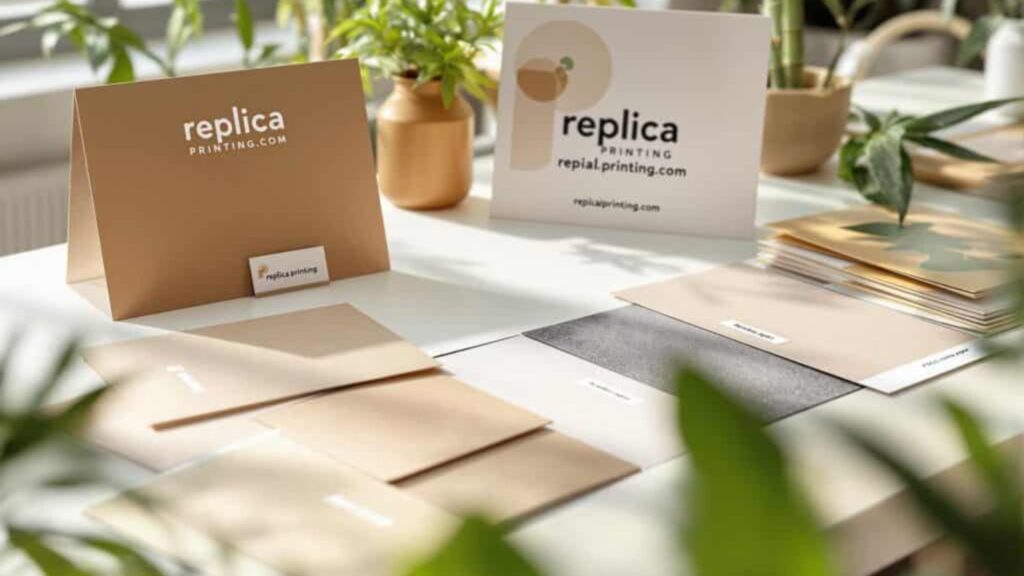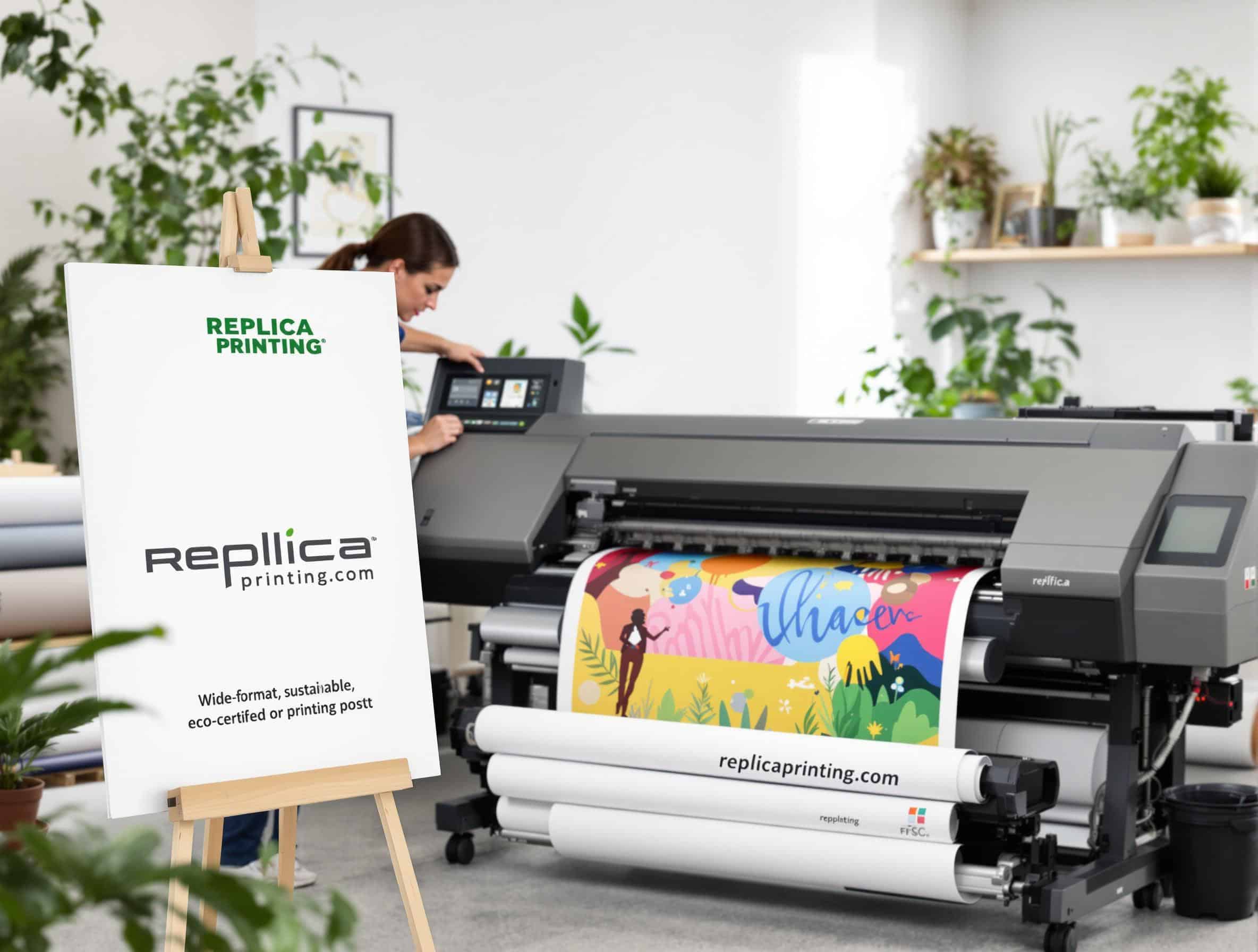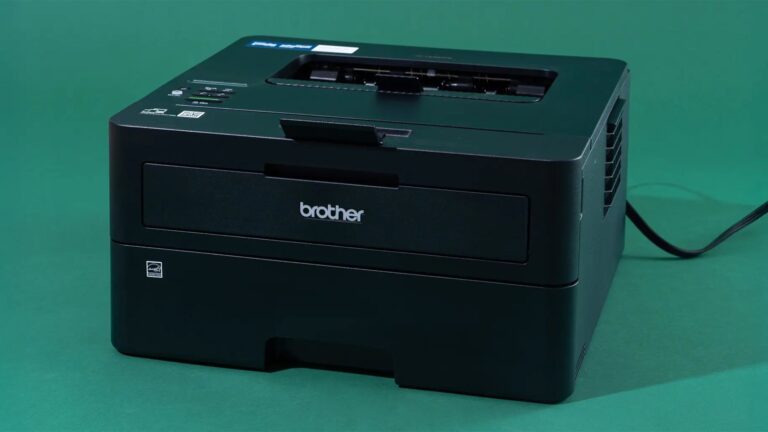
Eco printing supports sustainable production
In today’s environmentally conscious world, industries are under increasing pressure to reduce their carbon footprint. The printing sector, once criticized for waste and pollution, is now embracing greener alternatives. Eco printing supports sustainable production by using environmentally friendly practices, materials, and technologies. From vegetable-based inks to recycled paper, this approach minimizes environmental harm while maintaining quality. As a result, eco printing is quickly becoming the go-to solution for businesses committed to sustainability.

What Is Eco Printing?
Eco printing refers to environmentally responsible printing practices that reduce waste and conserve natural resources. This includes the use of non-toxic inks, sustainably sourced paper, and energy-efficient machinery. By adopting these methods, printers lower emissions, reduce water usage, and generate less landfill waste. Eco printing supports sustainable production by making each step of the process cleaner and safer for the planet. It’s a smarter way to print—without compromising results.
Sustainable Materials Make a Difference
A key component of eco printing is the use of sustainable materials. Recycled paper, FSC-certified paper, and chlorine-free paper are common options. These materials come from responsibly managed forests or post-consumer waste, reducing the need for virgin resources. Additionally, many eco printers use soy or vegetable-based inks, which are biodegradable and release fewer volatile organic compounds (VOCs). Together, these choices ensure that every print job supports the health of our environment.
Energy Efficiency in Modern Printing
Beyond materials, eco printing also focuses on energy efficiency. Many printers now operate with machines designed to use less electricity and produce less heat. Some even run on renewable energy sources like solar or wind. Energy-saving modes, smart calibration, and waste-reduction features further enhance performance. When implemented correctly, these technologies not only cut costs but also reduce carbon emissions. Clearly, eco printing supports sustainable production by optimizing resources at every level.
Waste Reduction and Recycling
Waste reduction is another major benefit of eco printing. Traditional printing methods often produce large volumes of waste due to setup errors, overruns, or poor-quality control. In contrast, eco-friendly processes prioritize accuracy and minimal waste. Digital proofs replace physical samples, and efficient layout design reduces excess material use. In many cases, leftover paper and ink are collected for recycling. These practices show that sustainable production doesn’t mean cutting corners—it means printing smarter.
Eco Printing in Branding and Marketing
Brands that prioritize sustainability are increasingly turning to eco printing for their marketing materials. Whether it’s eco-friendly packaging, business cards, or brochures, green printing sends a strong message to consumers. In fact, many customers now expect companies to act responsibly. Choosing eco printing not only supports sustainable production but also enhances brand reputation. Businesses that adopt these practices demonstrate transparency, responsibility, and a genuine commitment to environmental health.
The Future of Eco Printing
As sustainability becomes more urgent, the printing industry will continue to evolve. Innovations such as waterless printing, non-toxic toners, and biodegradable substrates are already in development. Additionally, regulations and consumer preferences are pushing more companies to adopt cleaner practices. Looking ahead, eco printing will become the standard rather than the exception. Because eco printing supports sustainable production, it offers a future-focused solution that benefits businesses, consumers, and the planet alike.







